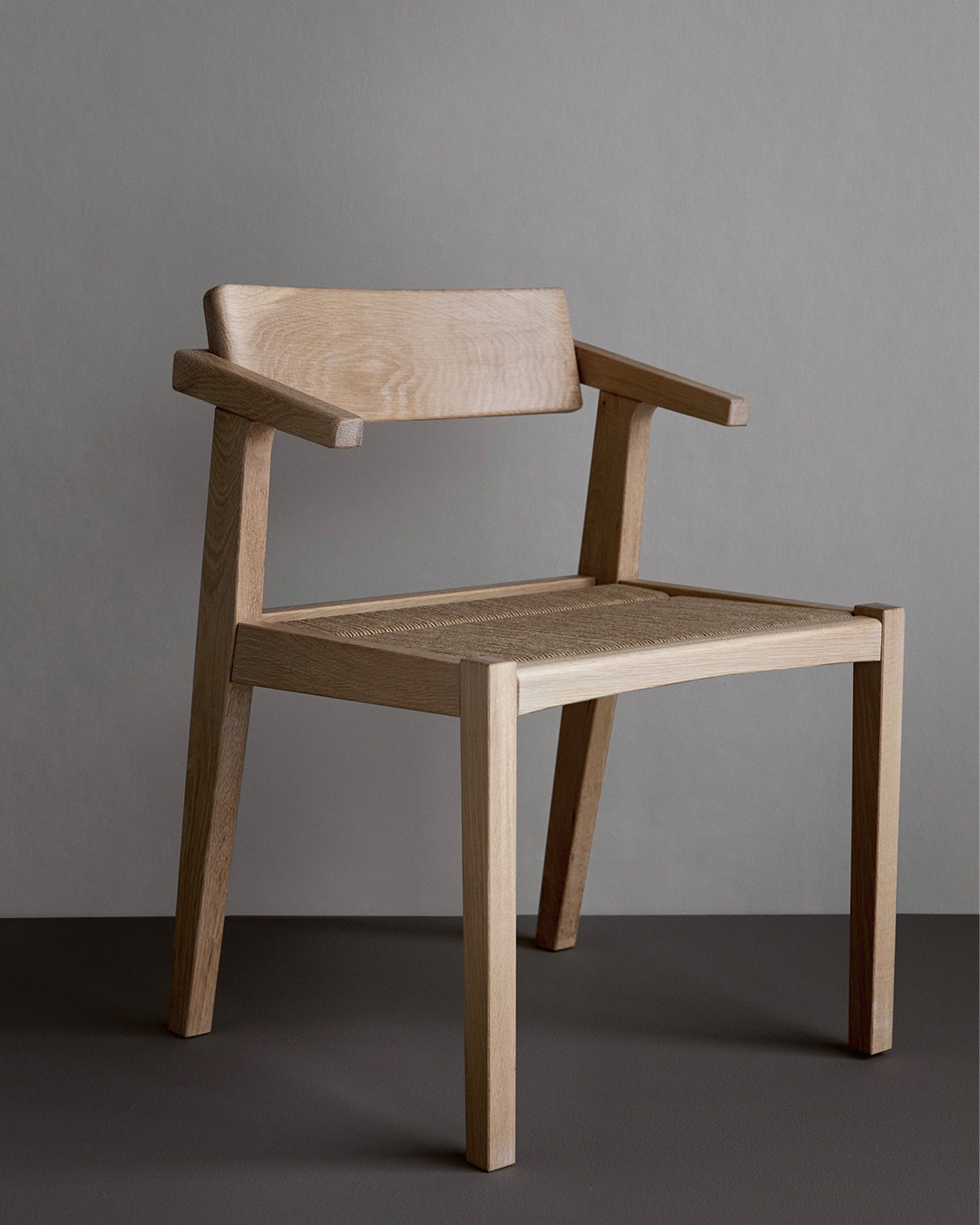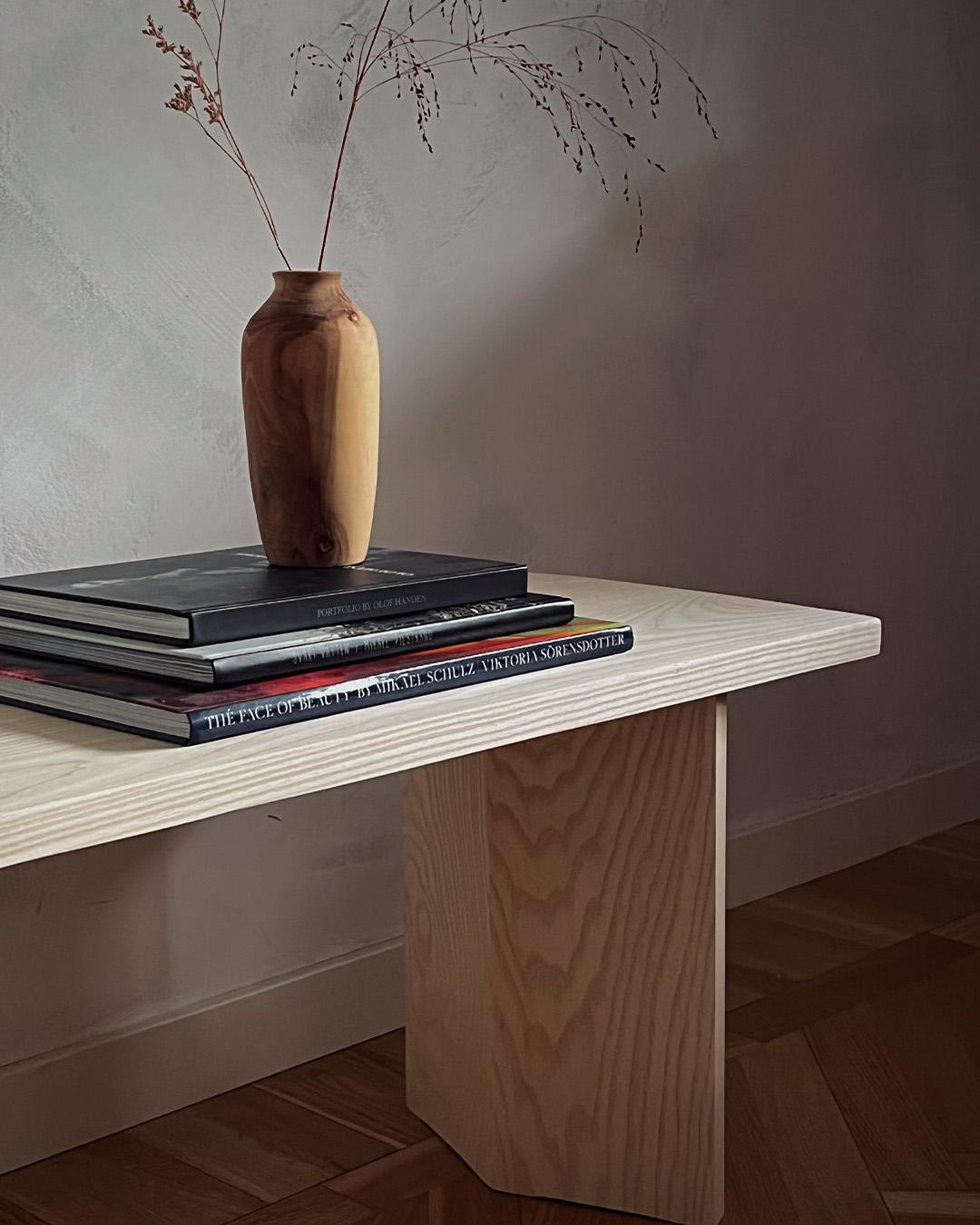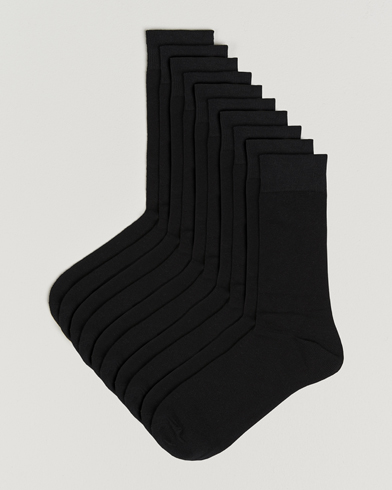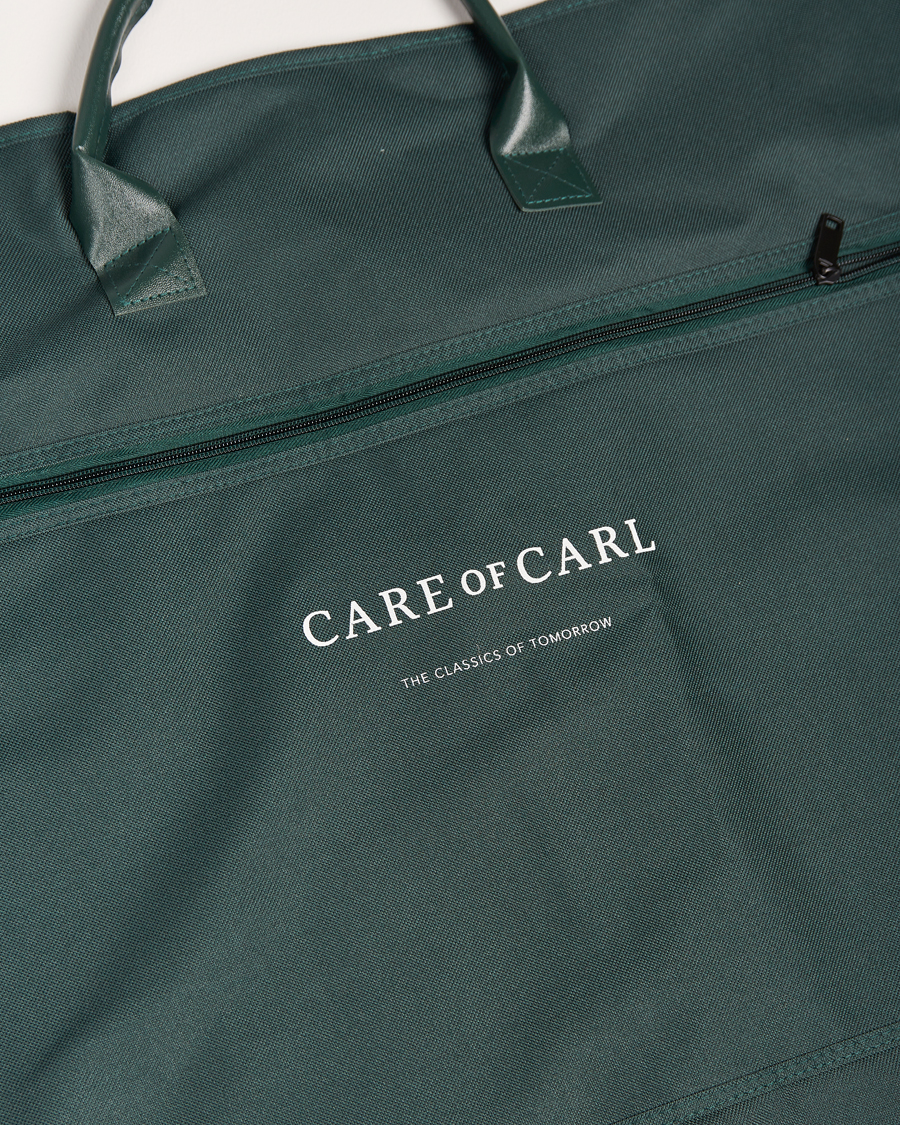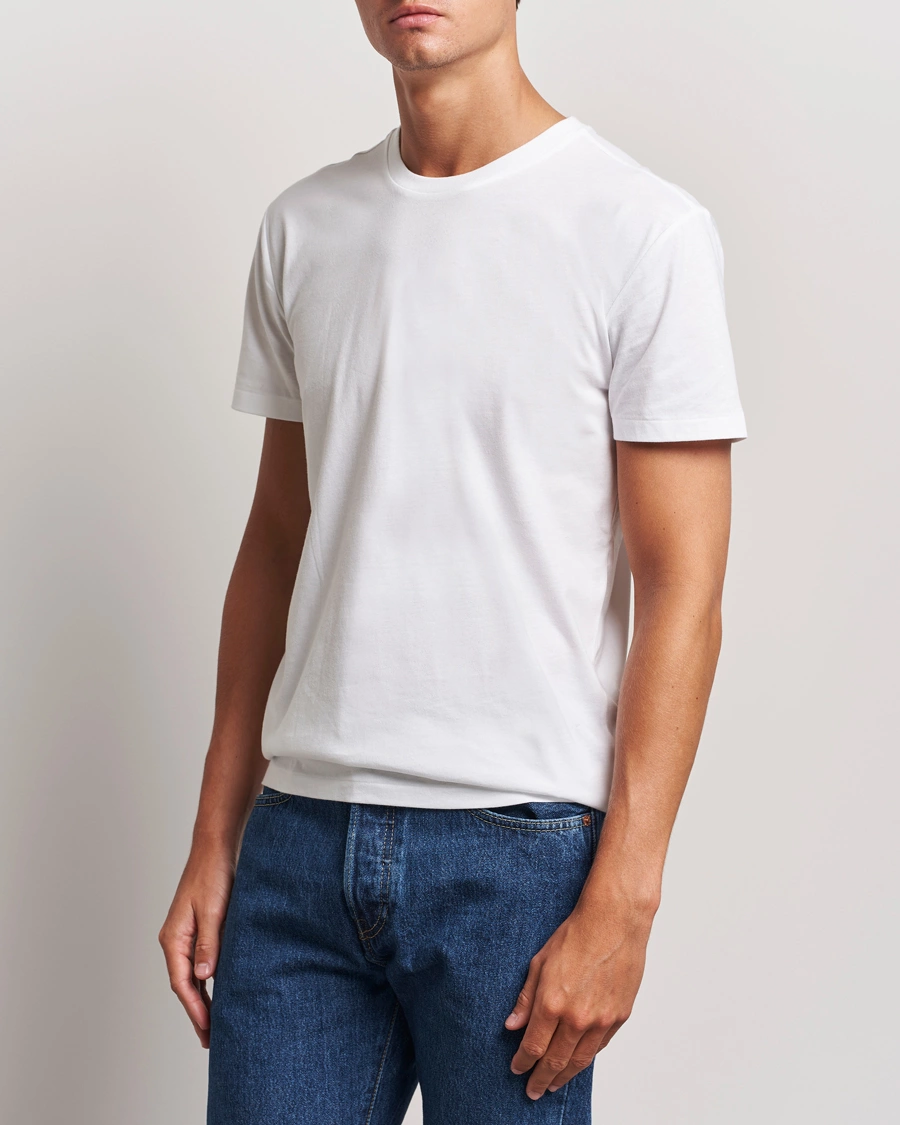From Fashion Photographer to Furniture Maker

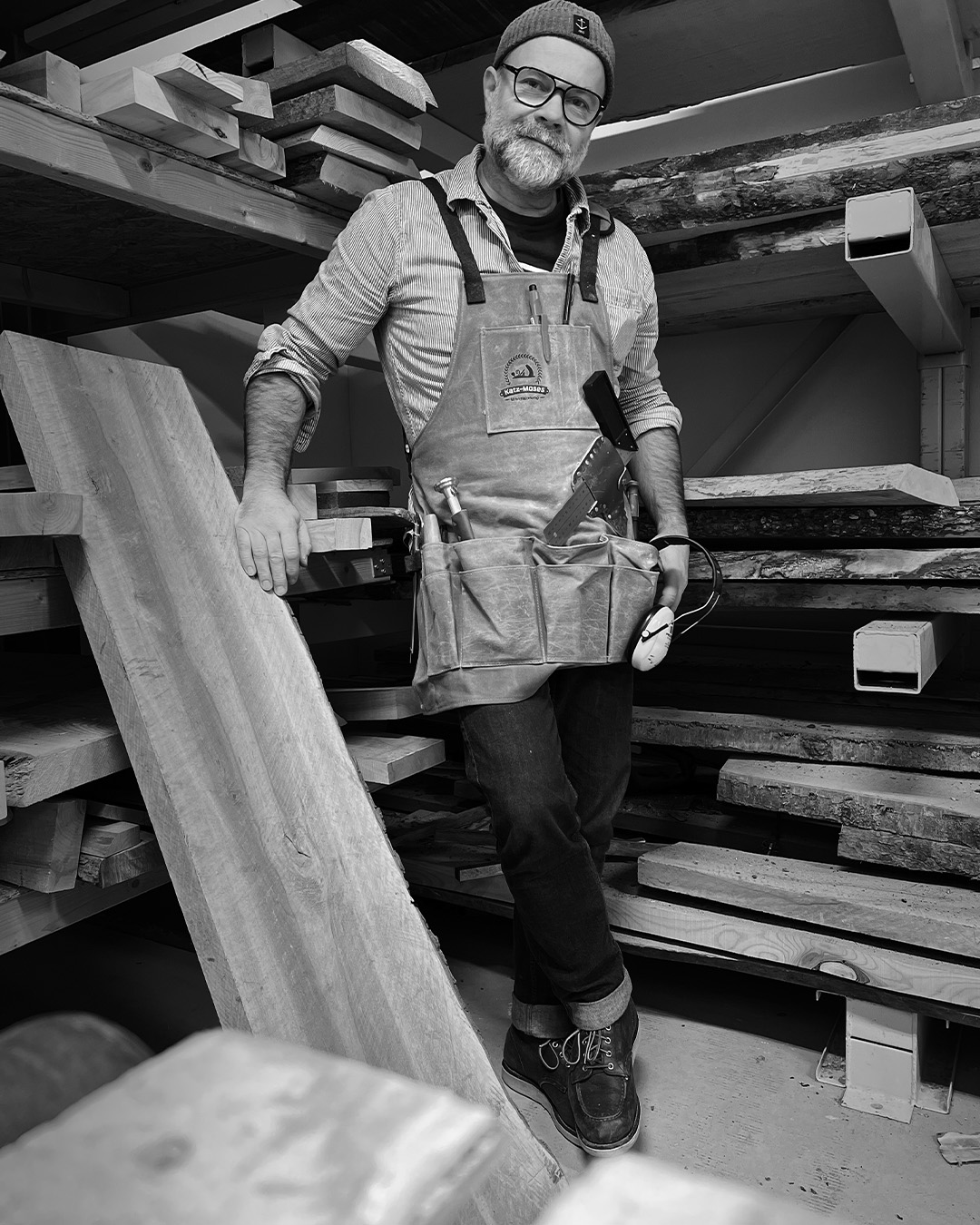
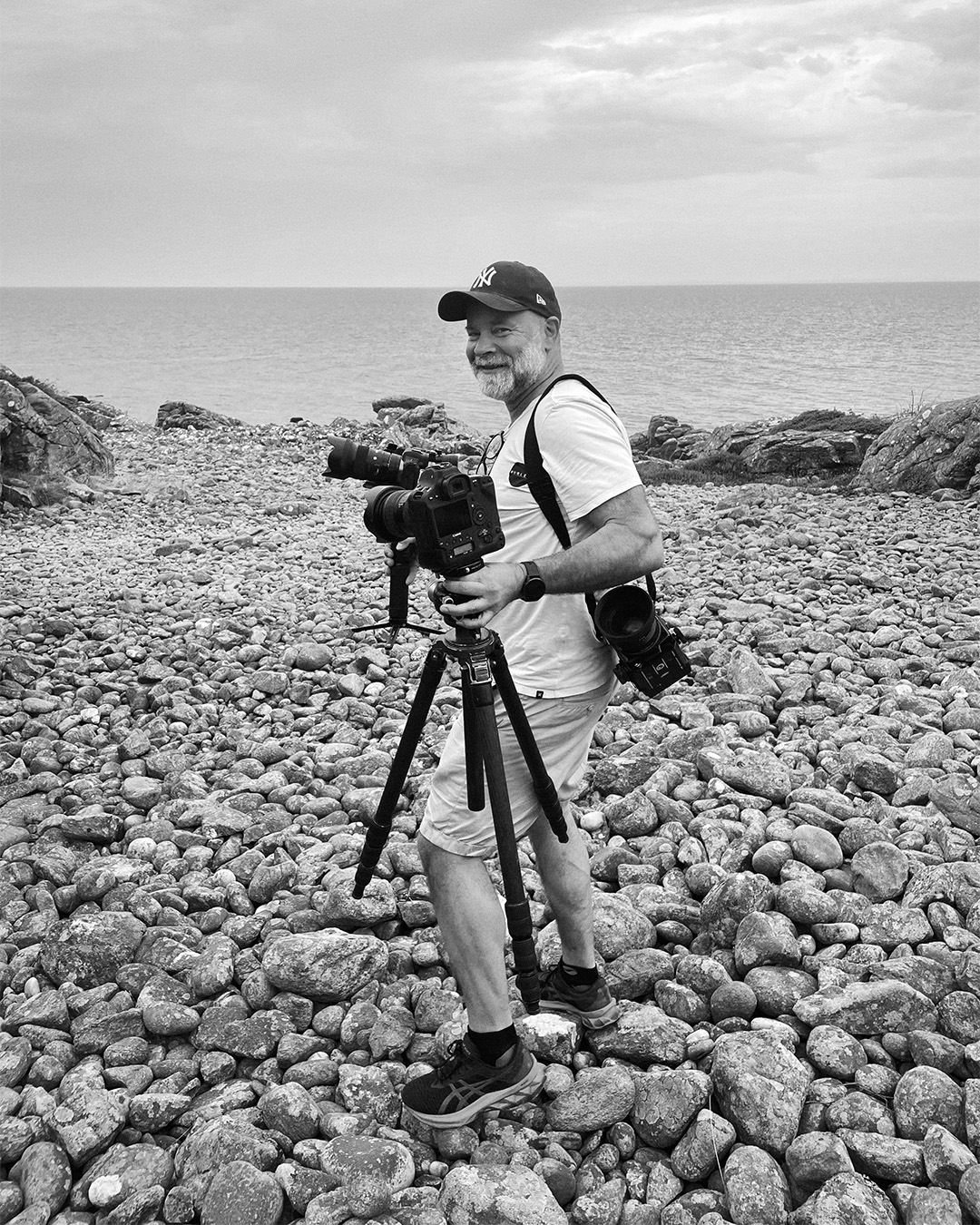
“This is the heart of the operation,” says Olof, patting the saw that will soon start transforming lumber into furniture.
However, although much is in place, the showroom and a few crucial machines are still missing. Setting up a new business in a new space reminds him of the same feeling he had when he first started as a photographer.
“I built my photo studio about thirty years ago. Now it’s time to start over again. My goal back then was to become a fashion photographer—and I did, or actually, my real dream was to shoot for Italian Vogue,” Olof shares. “Although, I did have an assistant role at Vogue, does that count?”
What’s the dream now?
“Now the focus is on establishing myself in a new industry, making a name for myself, getting the workshop running, and building a viable business. At the same time, I want to do high-quality work like prototypes for furniture production or one-of-a-kind projects for individuals and companies looking for something exclusive.”
Will you continue with photography?
“Once a photographer, always a photographer. Capturing a moment in the right light is magical.”
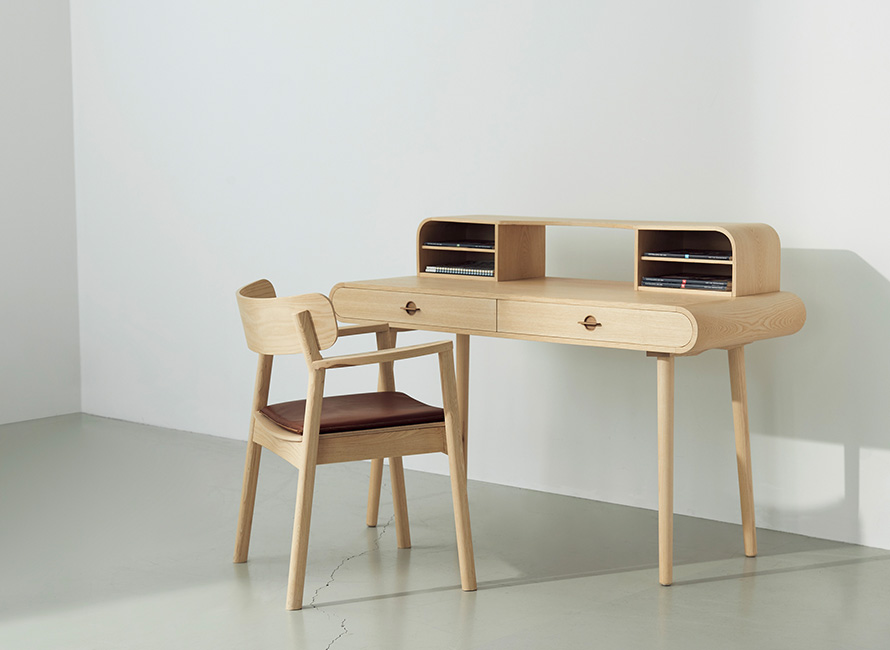
Creativity as a driving force
Transitioning from an established fashion photographer to a novice furniture maker is no easy feat; it’s both a financial challenge and a test of starting fresh in a completely new industry where making a name for oneself can be tough. Olof approaches this humbly, recognising that he is new to the field and highlighting the importance of learning from more experienced carpenters.
For Olof, though, it’s all about creativity—the challenge of building something from scratch and continuously learning.
"I just want to head to the workshop and get going," he says with a smile.
The Joy is in the Details
Whether he’s designing a custom-built guitar stand for a Marshall enthusiast or creating a bespoke dining table with matching chairs, he aims for both functionality and aesthetics. He’s meticulous about the details, describing how he might test-sit a chair hundreds of times just to adjust the backrest by a single degree. From creating a mood board and a design to producing the actual prototype in the workshop, Olof finds the process immensely enjoyable.
"I get excited about details. It might be the shape of the chair back or a spacer on the seat, but what matters most is how you bring everything together to complete the piece. I love finding solid, long-term solutions," says Olof.
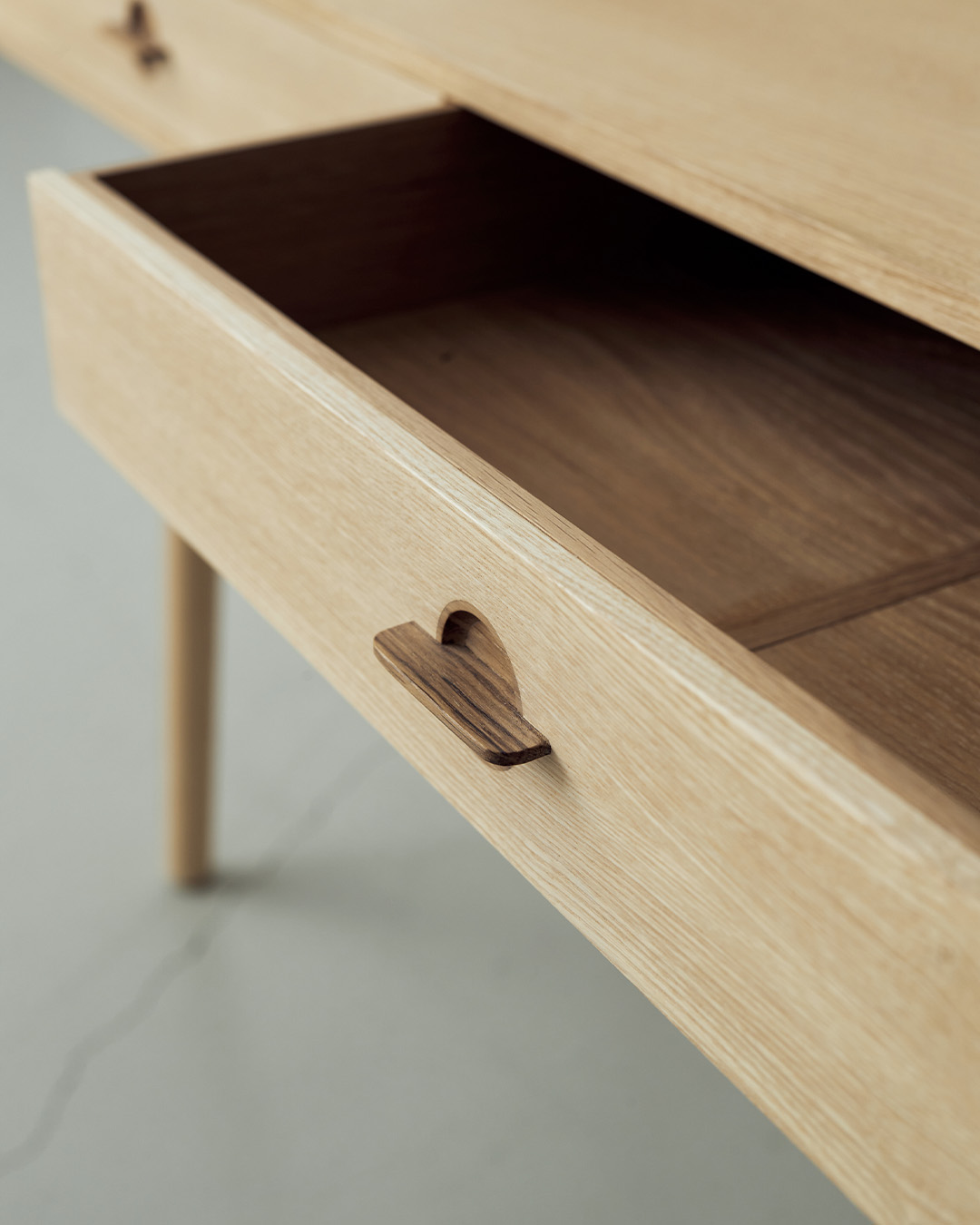
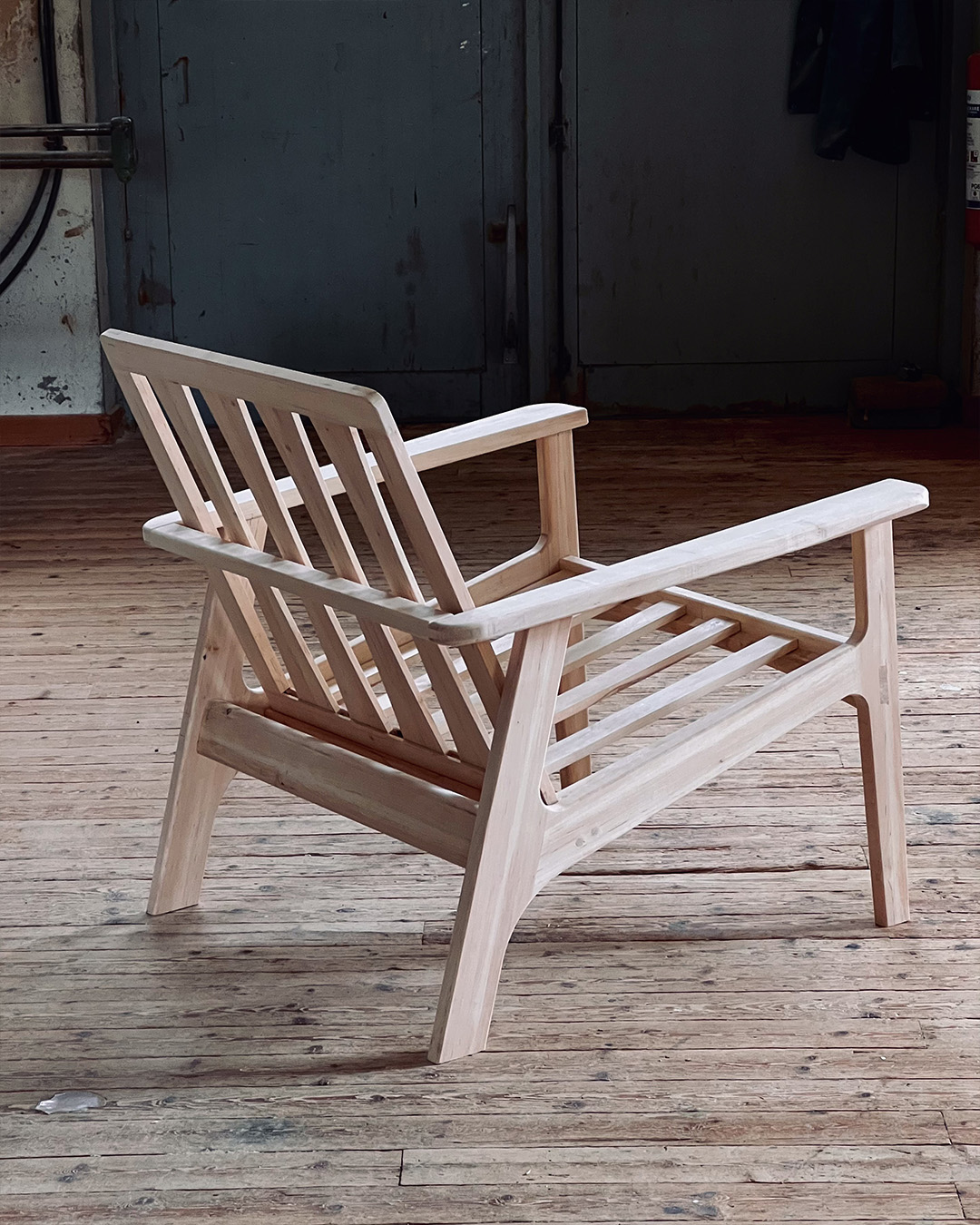
Soft Retro Shapes
Olof’s work is characterised by soft retro shapes, often using walnut, oak, or ash, materials with beautiful grains. He also champions pine, which he says is making a strong comeback. He emphasises the importance of sustainability, too.
"Recycling, circular thinking, and sustainability were major topics at school, essential aspects to consider. For instance, using organic oils as finishes is a given," Olof notes.
